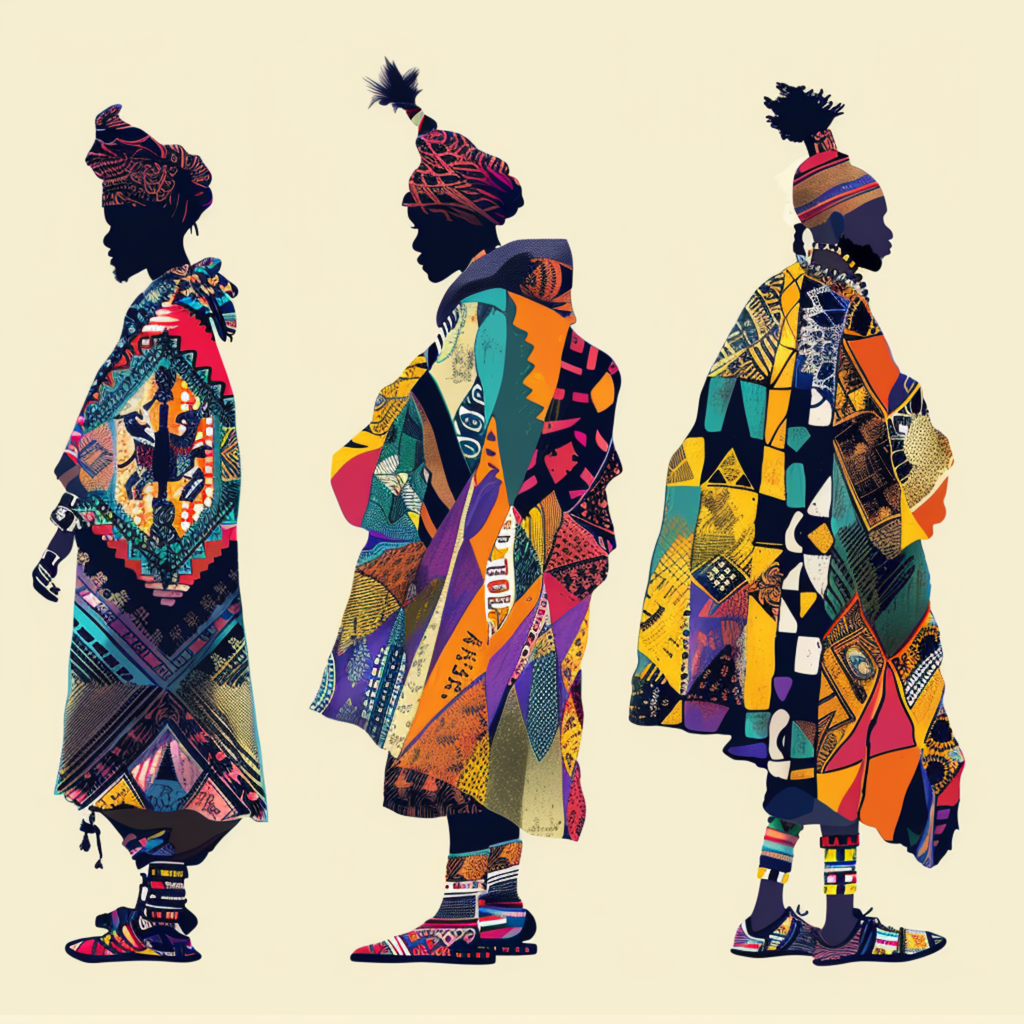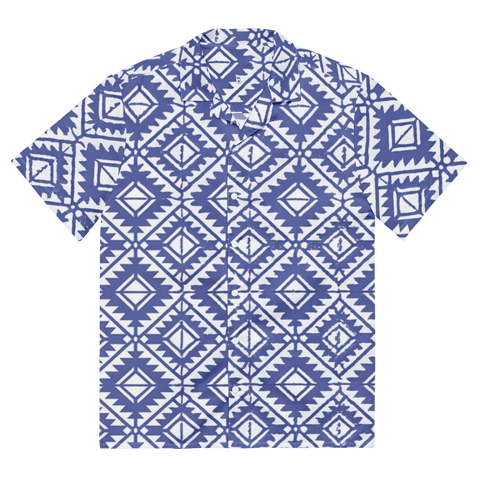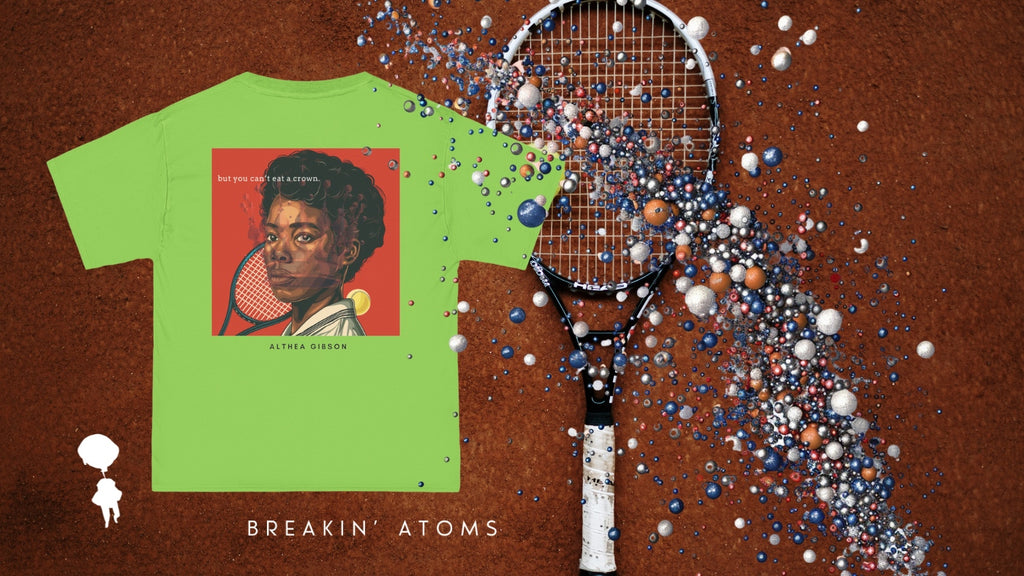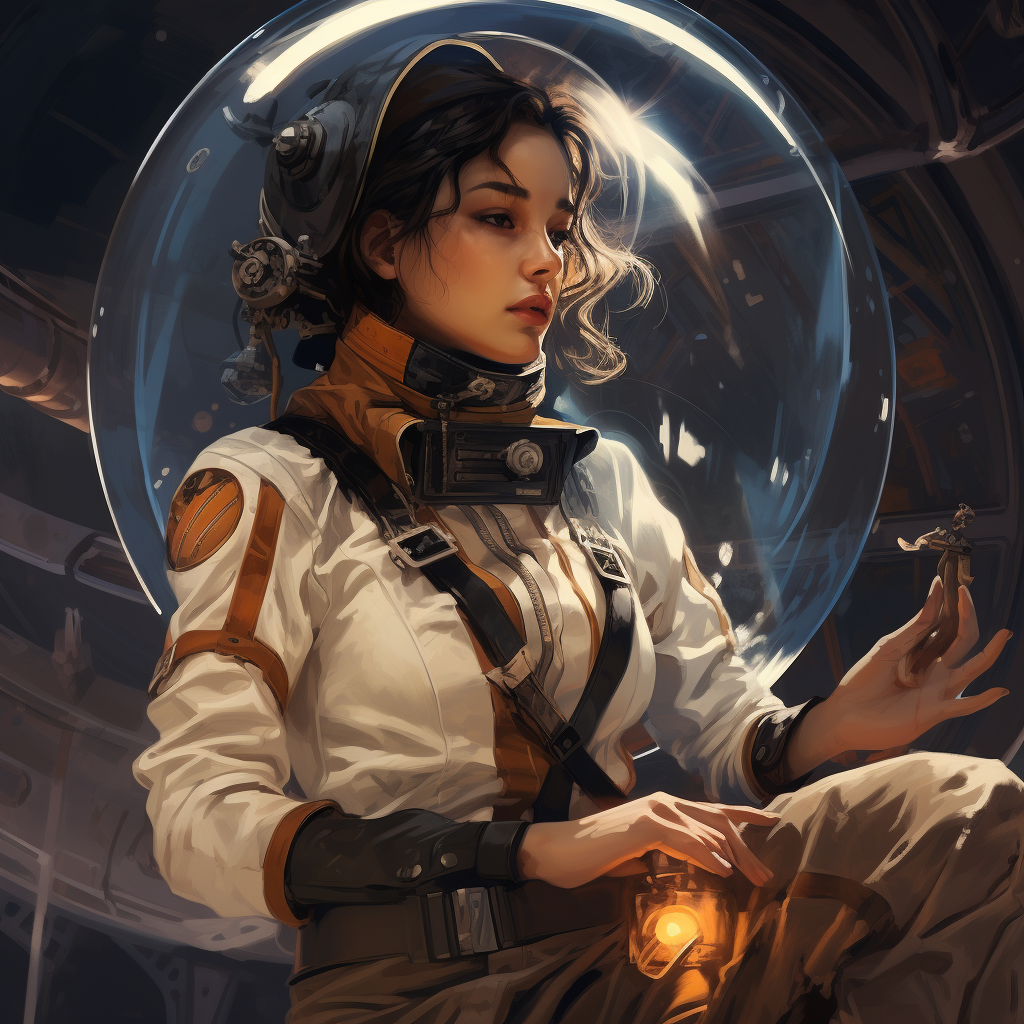
The Appeal and Spirituality

Tribal art, deeply rooted in the traditions and spiritual life of indigenous communities around the world, has long been a source of inspiration in the realm of modern fashion. Originating from diverse cultures such as African tribes, Native American groups, Aboriginal Australians, and many others, tribal art is not simply decorative. It plays a crucial role in rituals, community bonding, and identity formation within these societies, often encapsulating spiritual beliefs, stories, and cultural values.
This rich heritage has found its way onto the runways of high fashion, where designers and brands like Valentino, Dior, and Givenchy have infused their collections with motifs, patterns, and textures inspired by these ancient arts. The Spring/Summer 2016 collection by Valentino, for instance, prominently featured African tribal motifs, introducing a narrative of vibrant heritage and sophistication to a global audience. This trend does not just bring a visual appeal but also connects with audiences on a deeper level, resonating with today's eco-conscious and spiritually inclined society that values designs reflecting ecological awareness and a deeper life purpose.
The use of tribal art in contemporary fashion highlights a celebration of authenticity and a connection to the Earth and spirituality that is inherent in tribal creations. Made from locally sourced materials and imbued with symbolic meanings, these art forms appeal to a modern audience that cherishes resilience and continuity in the artifacts they admire. As such, tribal patterns and designs have not only survived but thrived by adapting over centuries, retaining their essence and speaking to modern audiences who seek fashion with timeless stories.
However, the integration of tribal art into fashion also necessitates a thoughtful approach to cultural sensitivity. The fashion industry walks a tightrope between cultural appreciation and appropriation, needing to engage in practices that respect the source communities. Ethical engagement involves collaborations that are genuinely inclusive, often benefiting the community whose art they draw from. Designers like Stella McCartney exemplify how to navigate these waters respectfully, by partnering with artisans to ensure authenticity and fair practices are maintained.
The convergence of tribal art and modern fashion is a testament to the enduring allure and relevance of these ancient cultures in today's globalized world. It not only revitalizes the fashion industry but also preserves and respects the cultural narratives of indigenous communities. By weaving the ancient with the contemporary, fashion not only adopts a new aesthetic but also promotes a broader appreciation for the spiritual and cultural dimensions that tribal art brings to the modern fabric of society.
Cultural Resonance and Ethical Engagement
The resonance of tribal art in the world of high fashion underscores a broader cultural fascination with indigenous aesthetics and practices. This fascination, however, must navigate the complex dynamics of power, privilege, and cultural heritage. As fashion brands draw inspiration from tribal art, they tread the line between homage and exploitation. Ethical fashion seeks to mitigate these concerns by fostering collaborations that respect and acknowledge the source communities. This can involve direct partnerships with indigenous artists and craftspersons, ensuring they receive fair compensation and recognition for their contributions.
For instance, the collaboration between Missoni and the Mexican artisans of the Mixteca region exemplifies ethical engagement. By incorporating traditional Mixtec patterns into their luxury knitwear, Missoni not only highlighted the unique artistry of this indigenous group but also supported their economy and cultural preservation. Such partnerships can serve as a model for how the fashion industry can contribute positively to the communities it draws from, turning cultural exchange into a mutually beneficial relationship.
Sustainability and Eco-Conscious Design
Another significant aspect of tribal art's influence on modern fashion is the emphasis on sustainability and eco-friendly practices. Indigenous methods of crafting and art-making often involve organic materials and sustainable practices that have minimal environmental impact. Modern designers inspired by these methods are increasingly turning to eco-conscious materials and production techniques, aligning with a global movement towards sustainability in fashion.
Brands like Patagonia and Eileen Fisher, for example, have not directly used tribal patterns in their designs but have embraced the principle of environmental stewardship that is central to many tribal cultures. These brands use organic fibers, recycle materials, and ensure fair labor practices, reflecting the holistic respect for nature and humanity seen in tribal art forms.
Influence Beyond Fashion
The influence of tribal art extends beyond the fashion industry into broader domains of design and art. Interior design, for example, has seen an increased incorporation of tribal motifs in textiles, furniture, and decor. This trend reflects a growing consumer desire for authenticity and a narrative-rich environment that tells stories of cultural heritage and craftsmanship.
In visual arts, many contemporary artists draw on tribal motifs and techniques to explore themes of identity, belonging, and cultural memory. Artists like Kehinde Wiley, known for his vibrant, pattern-rich portraits that fuse African tribal patterns with Western art formats, challenge traditional narratives and create new cultural syntheses that resonate with a diverse global audience.
Societal Impact and Cultural Appreciation
The widespread appeal of tribal-inspired fashion also speaks to broader societal trends towards cultural appreciation and diversity. In an age where cultural boundaries are increasingly fluid, fashion becomes a platform for cross-cultural dialogue and understanding. This trend is particularly poignant in societies that are grappling with issues of multiculturalism and social integration.
However, this cultural interplay also raises important questions about the commodification of cultural symbols and the potential dilution of their original meanings and significance. It's crucial for consumers and creators alike to approach tribal art with a sense of responsibility and reverence, ensuring that their engagement is informed and respectful.
Future Directions
Looking to the future, the fashion industry's engagement with tribal art is likely to evolve in ways that further blend innovation with tradition. Technological advancements, such as digital fabric printing and virtual reality, offer new opportunities for showcasing and interacting with tribal art in fashion. These technologies could potentially create immersive experiences that allow for deeper understanding and appreciation of the art forms and the cultures they come from.
Moreover, as global awareness of cultural rights and ethical practices grows, we may see more stringent standards and certifications emerge to ensure that fashion's use of tribal art is conducted ethically and sustainably. These developments will not only ensure that tribal communities are treated fairly but also that their cultural heritage is preserved and celebrated in a global context.
In conclusion, the interaction between tribal art and modern fashion is a vibrant and dynamic arena where cultural heritage meets contemporary creativity. By engaging with tribal art ethically and thoughtfully, the fashion industry can contribute to a more inclusive and respectful global culture, one that values diversity and celebrates the unique artistic expressions of all peoples. As this trend continues to evolve, it will undoubtedly bring new challenges, but also new opportunities for cultural exchange and mutual enrichment.








